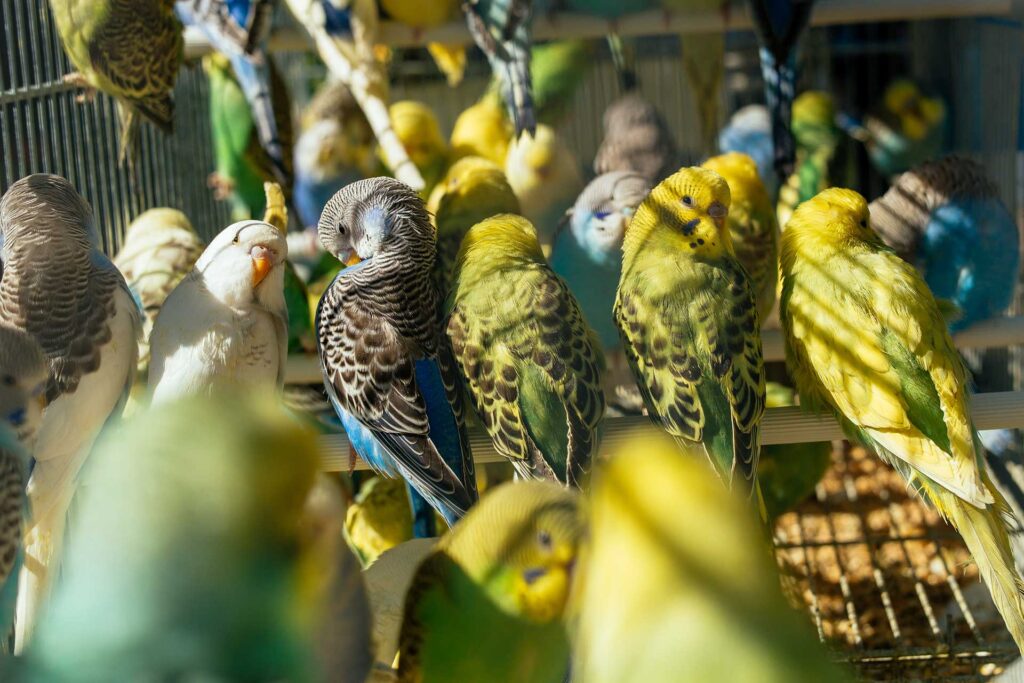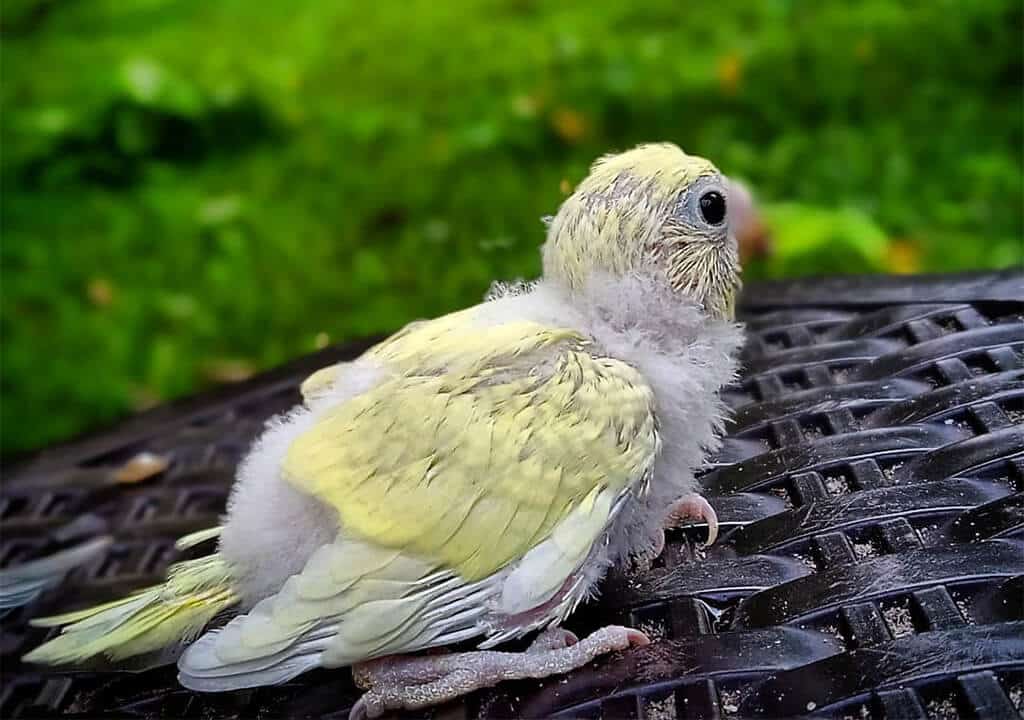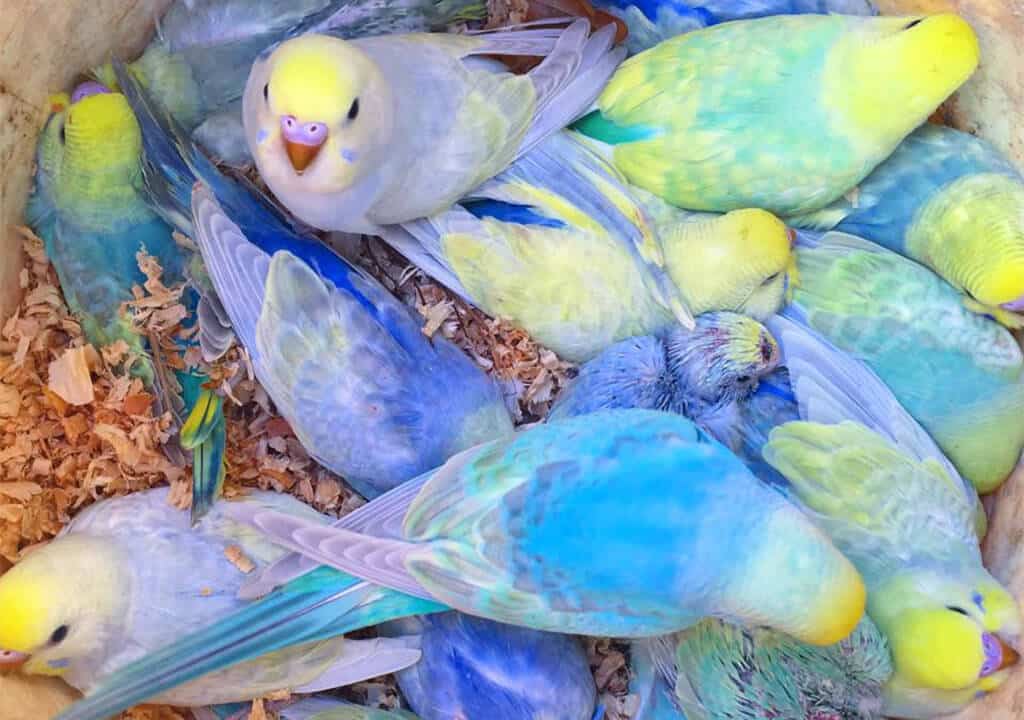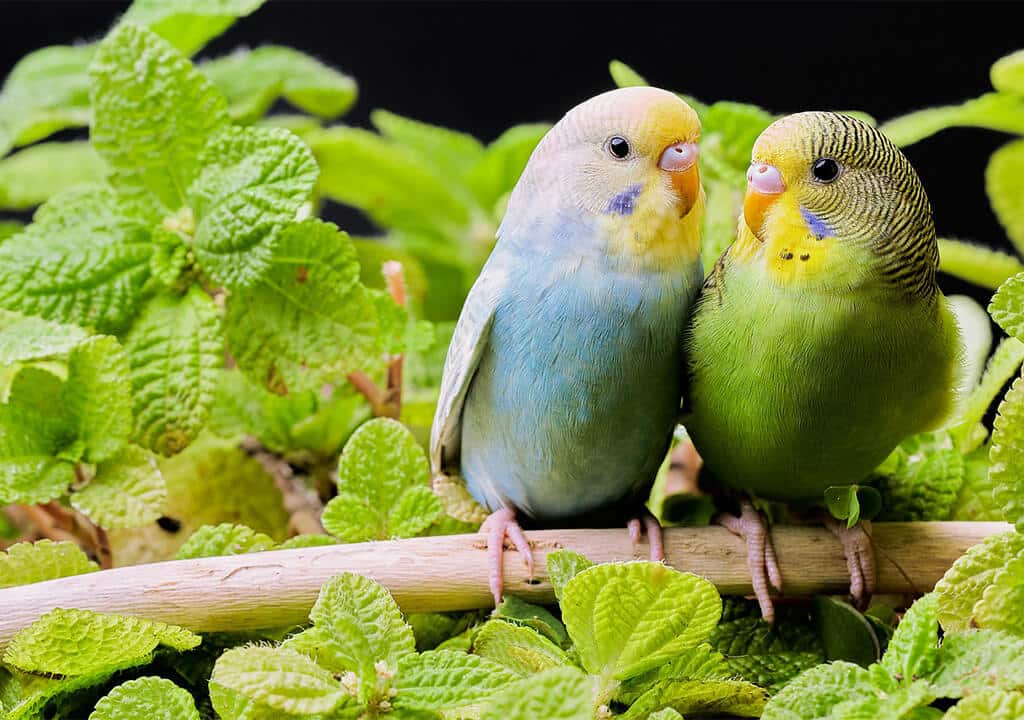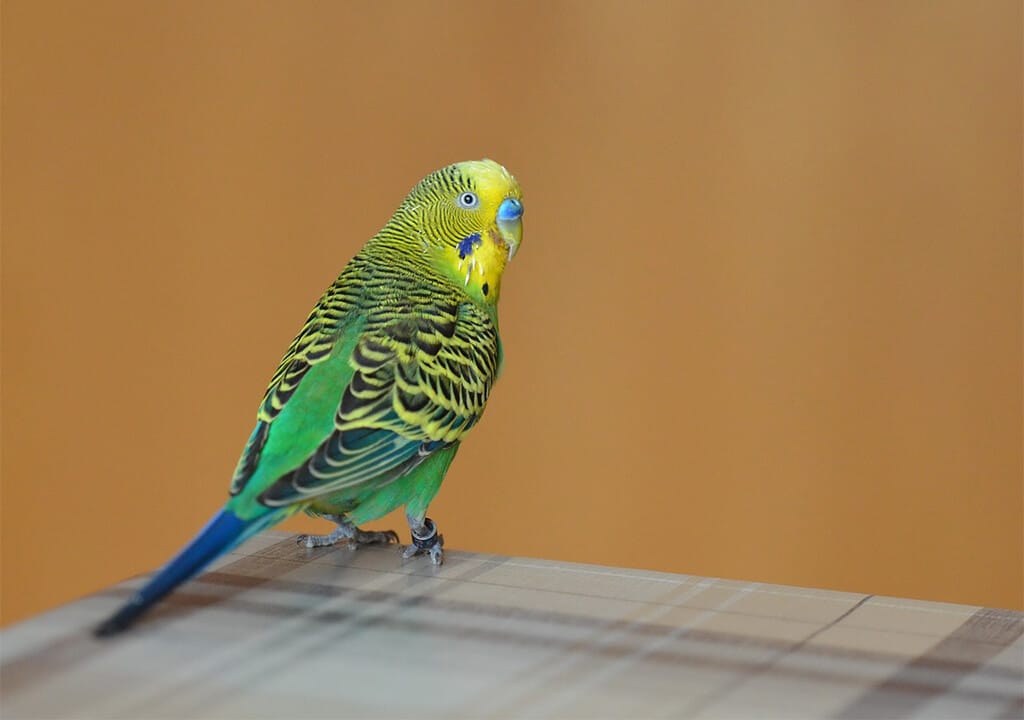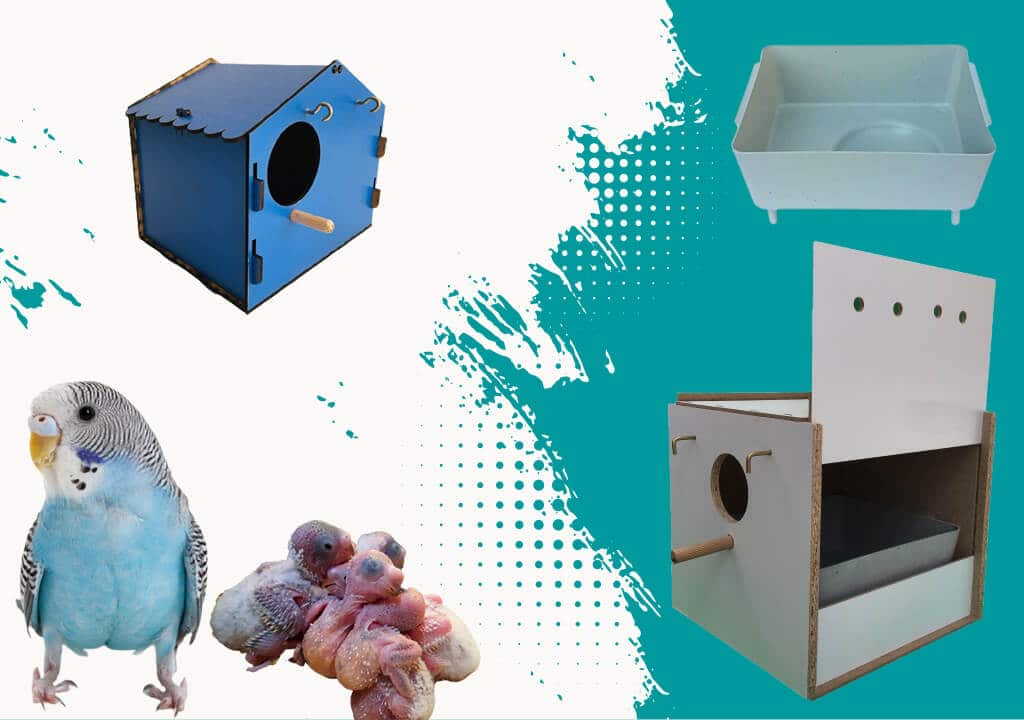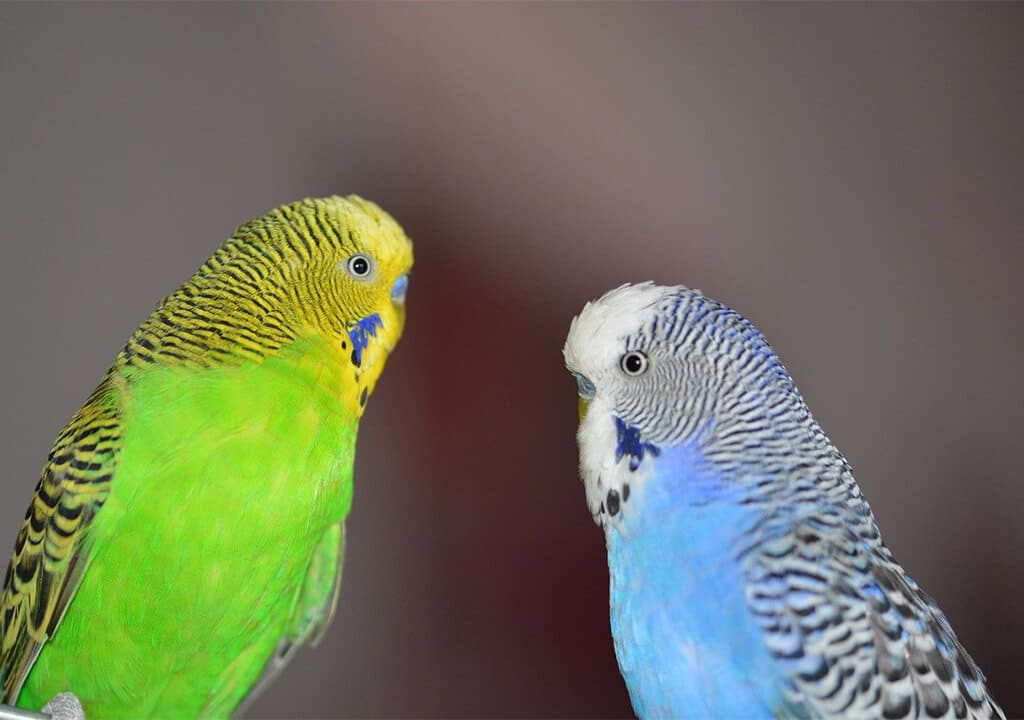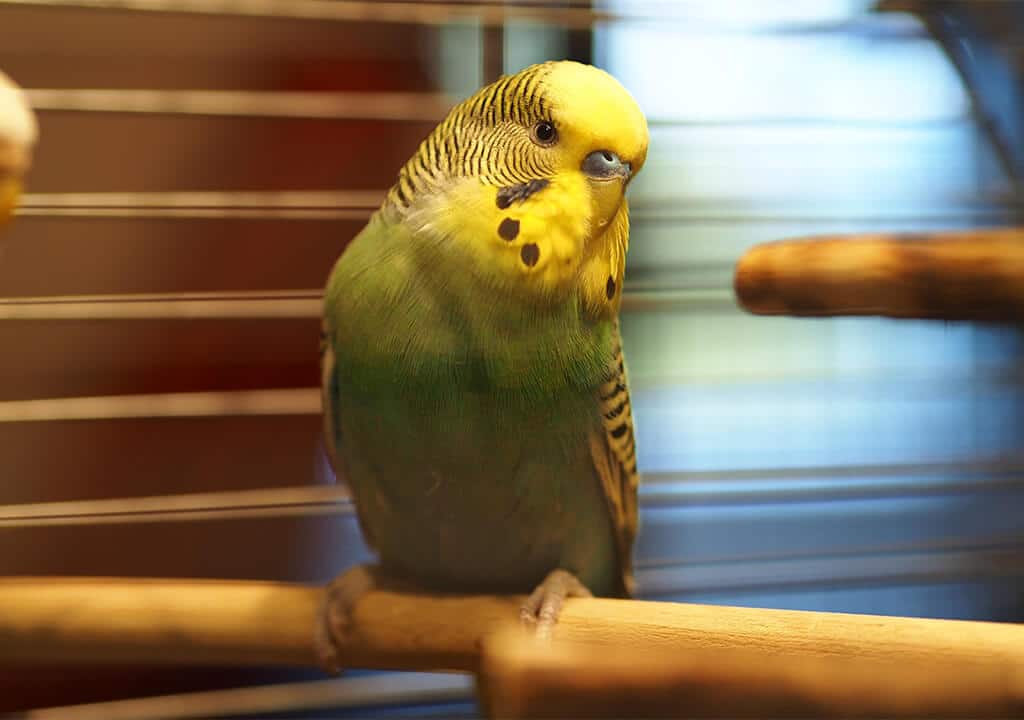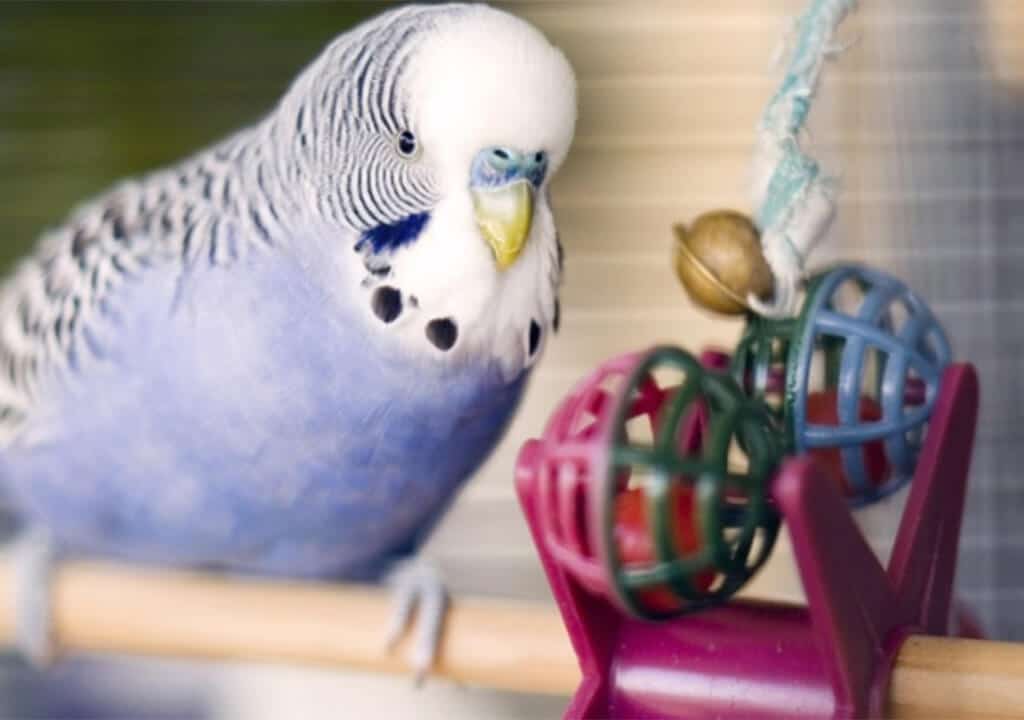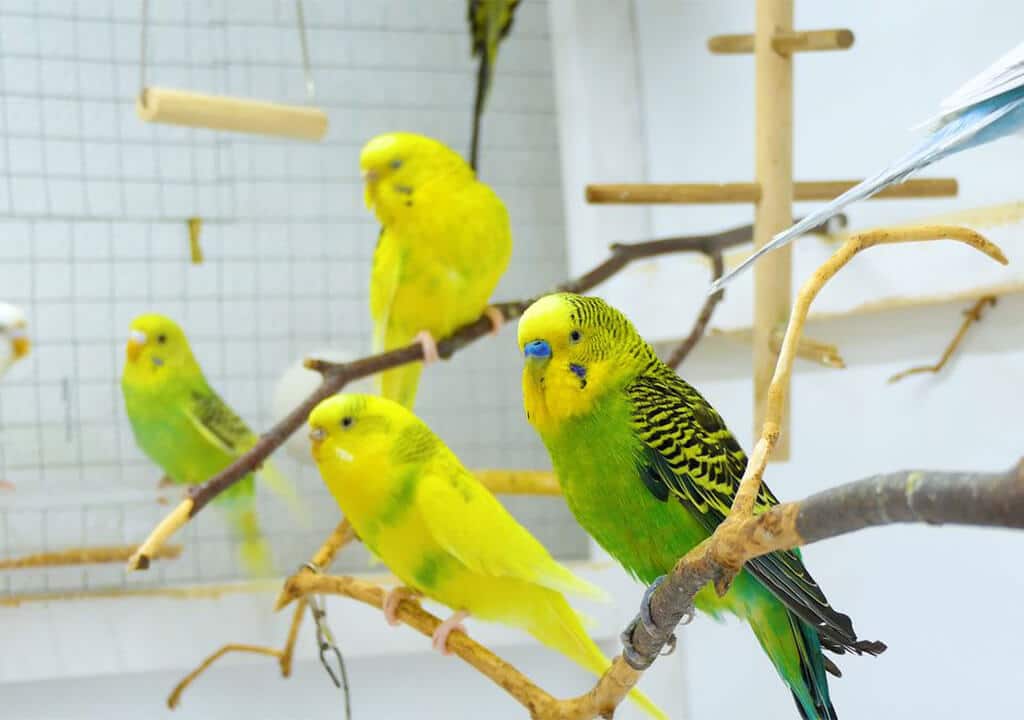Blog
Budgie Cub

Budgerigars usually build their nests in tree cavities. Or bird species that make their young and nest on logs. Budgerigars develop in their nests with an average incubation period of 20 days. During this time, 4 or 5 puppies can be born. Usually these cubs leave the nest at the end of a month.
Budgerigarchicks are especially fed by the male at the mouth of the nest. During the incubation and growth period, mother budgerigars rarely leave the nest. Newborn budgie puppies open their eyes within ten days. Hair begins to grow in the third week.
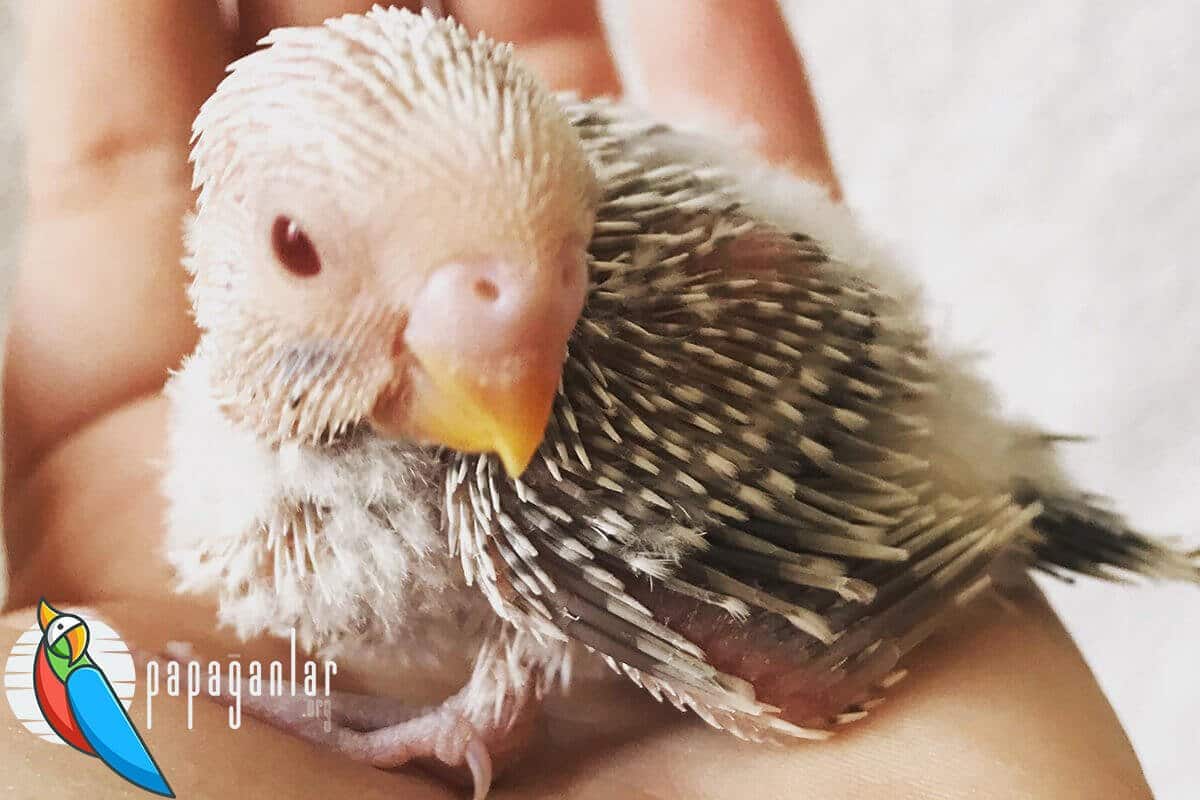
Cup Budgerigar
Sex differences in baby budgies can be understood from the beak colors of the budgies. Birds that have the same budgerigarhatchlings during the juvenile period usually begin to separate from each other as male and female at 7 months of age. The beak of the female budgie is dark pink. Then, at the end of the breeding period, it starts to turn white.
Males turn to shades of blue in birds. Budgerigars can live up to 8 years if they are well looked after from the young age. The characteristics of newborn kittens are that they are blind and hairless. After the chicks leave the nest, the parents are under the supervision of the birds for 2 weeks.
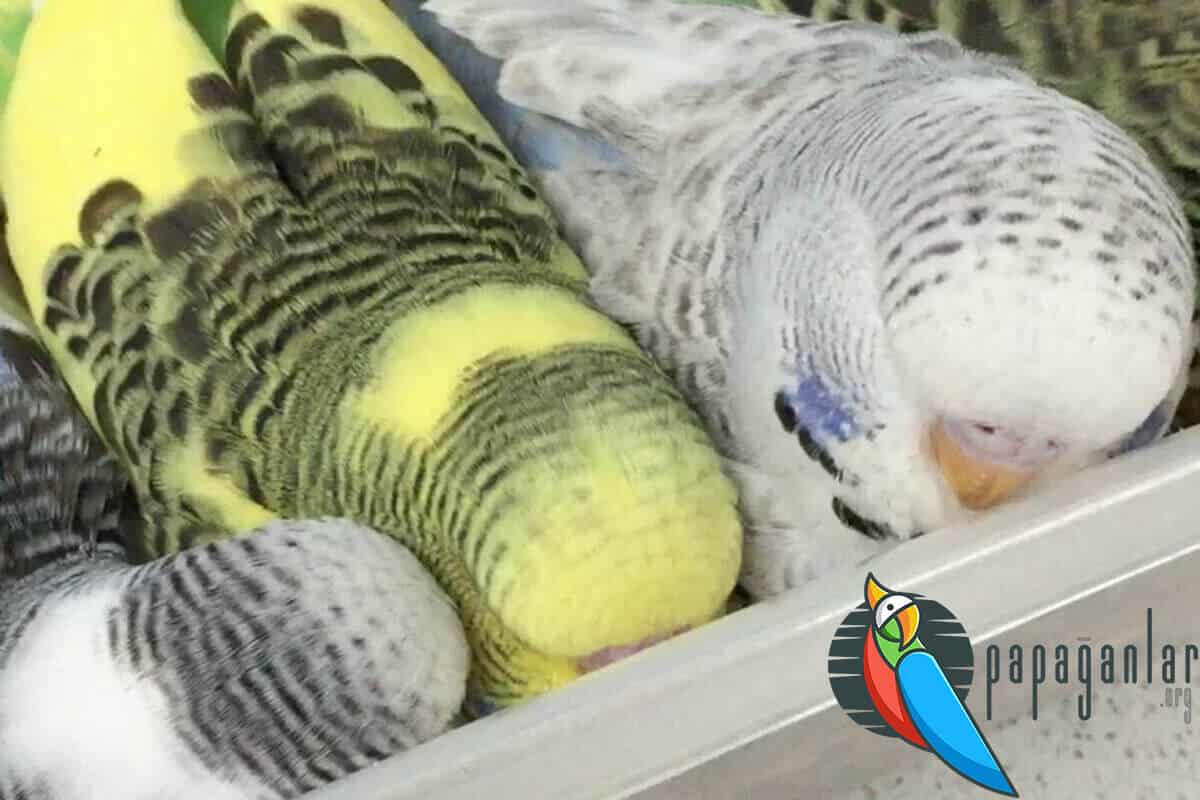
Budgie Puppies
When budgerigar hatchlings first hatch, they weigh 2-3 grams. Birds reach a weight of 12 or 13 grams when they reach the first week of development. Budgerigar Cub 12. Their fine hairs come out per day and their weight reaches 25 grams. Budgerigar cub 3. Feather colors begin to become evident from the first week.
The cubs begin to leave the nest at an average of 30 days of age. Especially female budgies remove eggshells from the nest. Mothers feed the baby birds a food in their crops. This situation continues when the offspring leave the nest. The hatching period of the eggs is 18-20 days before the offspring are born.
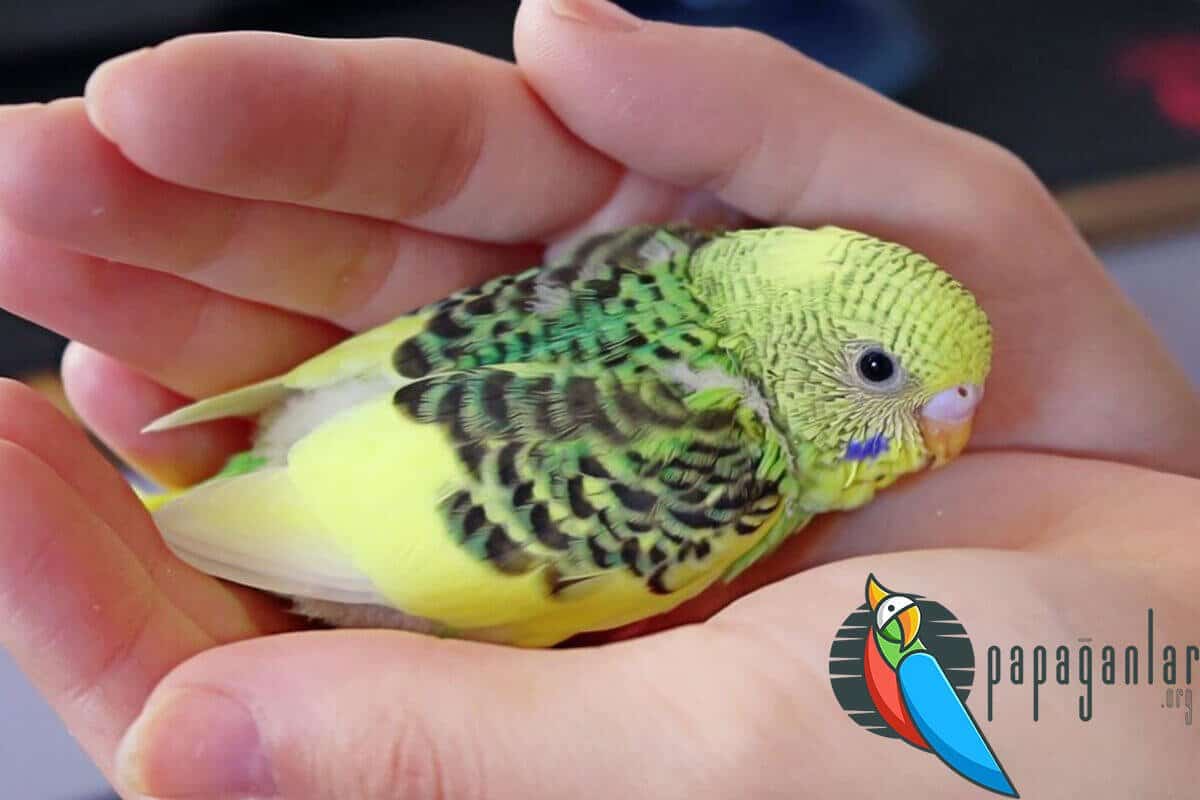
Budgie Cub
Budgerigar pups are born, especially in 2. They molt within weeks. Father birds frequent the nest and do whatever is necessary to protect and feed the young. For baby birds, some females prevent the male from entering the nest. Puppies may be left alone for longer periods of time as they grow up. After the fourth week, the mother and father birds leave the nest for a long time.
In this process, baby birds constantly stretch their wings. This stretching process is known as preparing the budgiefor its first flight. The characteristic of baby birds is that they keep other bird species away from the nest by making noise. The cubs leave the nest, especially after the fourth week. In particular, the oldest offspring leaves the first nest.
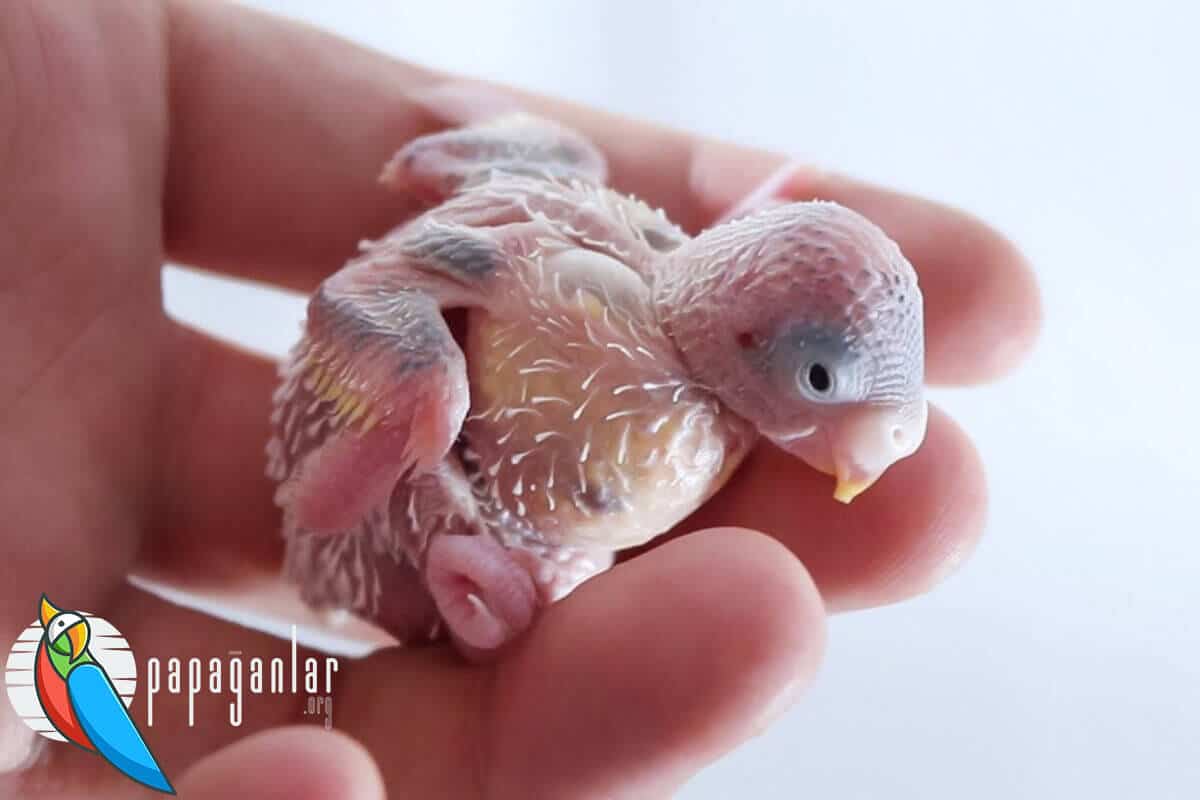
Newborn Budgerigar
Baby budgies will begin to hatch after an estimated 18-21 days. 24 hours after the first hatchlings hatch, the other second fry will break the egg. This cycle continues until the last offspring emerges. Newborn budgies develop with their eyes closed for up to 3 days after hatching. Newborn budgies are extremely sensitive during this period. Their young do not need feeding until 24 hours after hatching. The female budgerigar keeps food in her crop for her young and gives this food to the budgerigar chick. The sex of the newborn budgerigar can be understood from the place and color of the beak, called the cere.
The most distinctive feature is a white ring around the nostrils. In general, budgerigars incubate and give offspring about six times a year. A newborn budgie matures at about a year old. The baby hatches from the egg formed by the female bird in 18 days. After this process, it is ensured that it completes its development in 30 days.
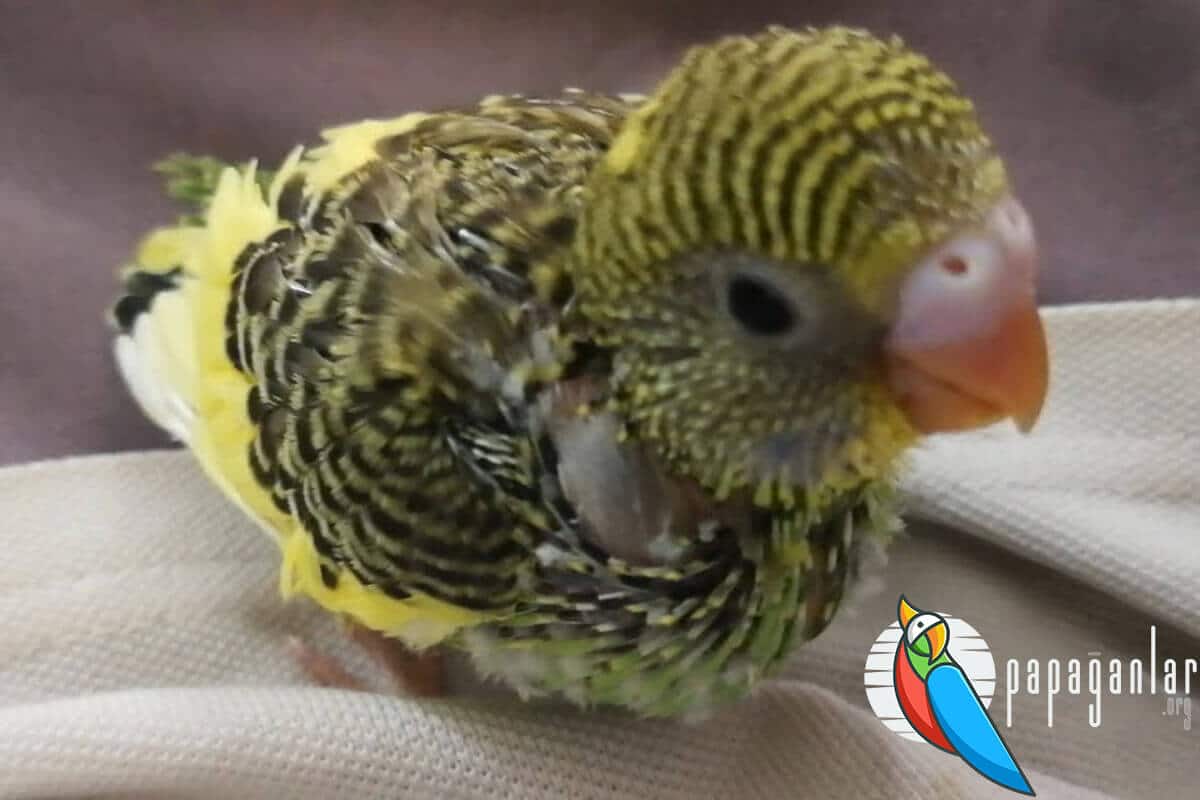
Budgie Cub Development
Female budgies lay an average of 5-8 eggs in incubation. At the same time, they lay eggs with an interval of 2 days and start to lay a third or fourth egg and incubate. Eggs must be heated for 18 days before hatching by the mother. Puppies have a few small hairs before their first developmental period. In the first hours of the first day when the budgerigar hatched, the budgerigarcannot yet experience the state of keeping its head up. Budgerigars are shaped like a small marble. The bait can be seen from the crop below its neck. This is the state of holding before digesting what you eat.
The female feeds the young with a very fine mixture of newly hatched eggs. 2. The budgerigar chick hatches from the egg. Today, the baby budgie continues to be unable to raise its head yet. In addition, since it is hairless, the belly skin can be seen. On the 5th to 6th day when the budgerigar hatches, the feathers of the baby budgies become visible under the skin. At the same time, the eyes of the birds begin to open and the birds begin to grow. In addition, birds can hold their heads for seconds and their movements begin to increase.
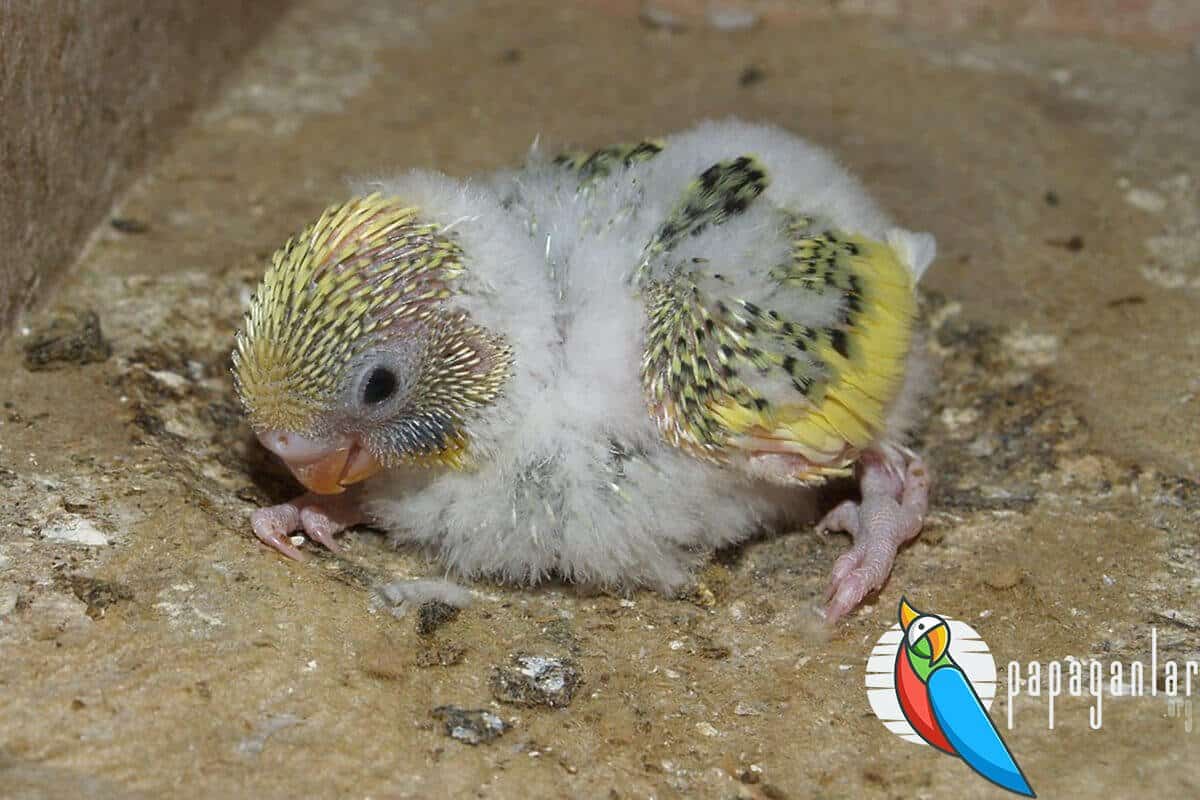
1 Month Budgie
On the 7th to 10th day when the budgerigarhatches, the feathers begin to grow more. Also, black feathers form under the skin of the wings and head. The baby budgie can hold its head up during this period. Also, on this development day, thick long hair emerges. In the 15 to 20 days when the budgerigar hatches, the feathers and feathers develop more. Birds begin to develop feathers on the hind wings and chest. After this period, the entire body of the budgie baby birds is covered with feathers.
After this development period, they begin to take the form of a feathered bird. Afterwards, the baby birds turn into a real budgerigar look, even more grown up. On the 28th and 35th days of the baby budgie, they now feed themselves. The budgerigar chick’s flight wing feathers, which continue to develop, reach their full length. The feathers on the wings are not clear and bright after the color and markings change. Budgerigars are now in the period of breaking the feed, leaving the nest.
Newborn Budgie
From the moment the baby budgies are born, they come to the period of being kept in a separate cage. The newborn budgie development processes are as follows. The newborn budgerigar cannot see anything on the first day yet. It never has feathers. It consists of only a thin skin. On the fourth or fifth day, newborn birds gradually begin to stand. On the sixth day they only see the light. After today, eyes can see the light.
On the eighth day, baby birds’ eyes open halfway. Usually, today is the time for budgie puppies to wear bracelets on their feet. After the tenth day, the eyes of newborn budgies open completely. Afterwards, fine feathers on the wings and thick feathers in some areas begin to appear on the body. Newborn baby birds can then stand comfortably. During the development process, the feathers on the head of the birds are completely removed. Wing and tail feathers begin to grow. Then the tails of the birds get longer.
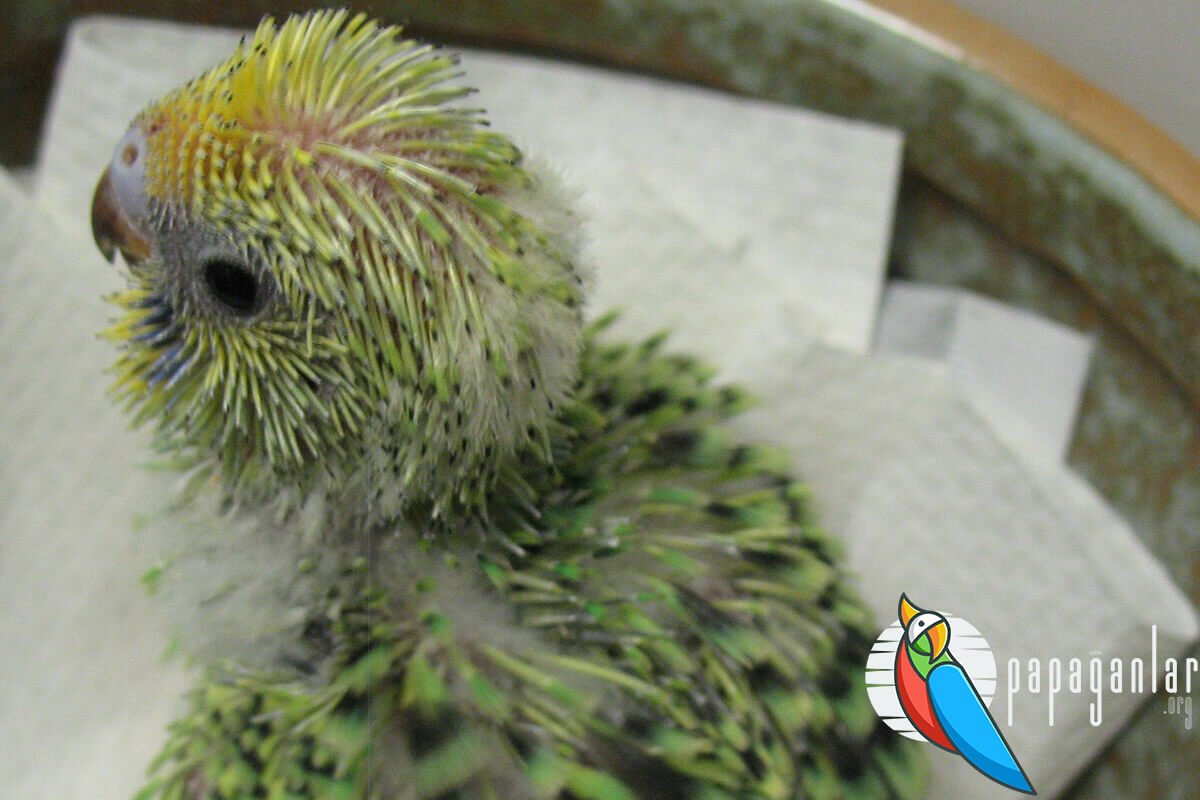
Cup Jumbo Budgerigar
Jumbo budgies are larger and more voluminous than other breeds, especially their head. The body length of the cubs is on average 24 centimeters. Jumbo budgies are larger than the offspring of other budgies. The features that distinguish jumbo budgies from other budgies are the spots called beards on their bodies. The feathers on the head of the jumbo budgie are such that they completely cover their eyes.
One-year-old jumbo budgies have their eyes sunk into the feathers after all their feathers have come off. It is also covered with feathers on its beak. Jumbo budgies’ offspring grow transversely during development, and their breasts mature more quickly than other birds. Jumbo budgies’ feet develop faster and larger than other budgies. The young of these birds hatch in approximately 18 days. Babies born blind especially need care for a while.
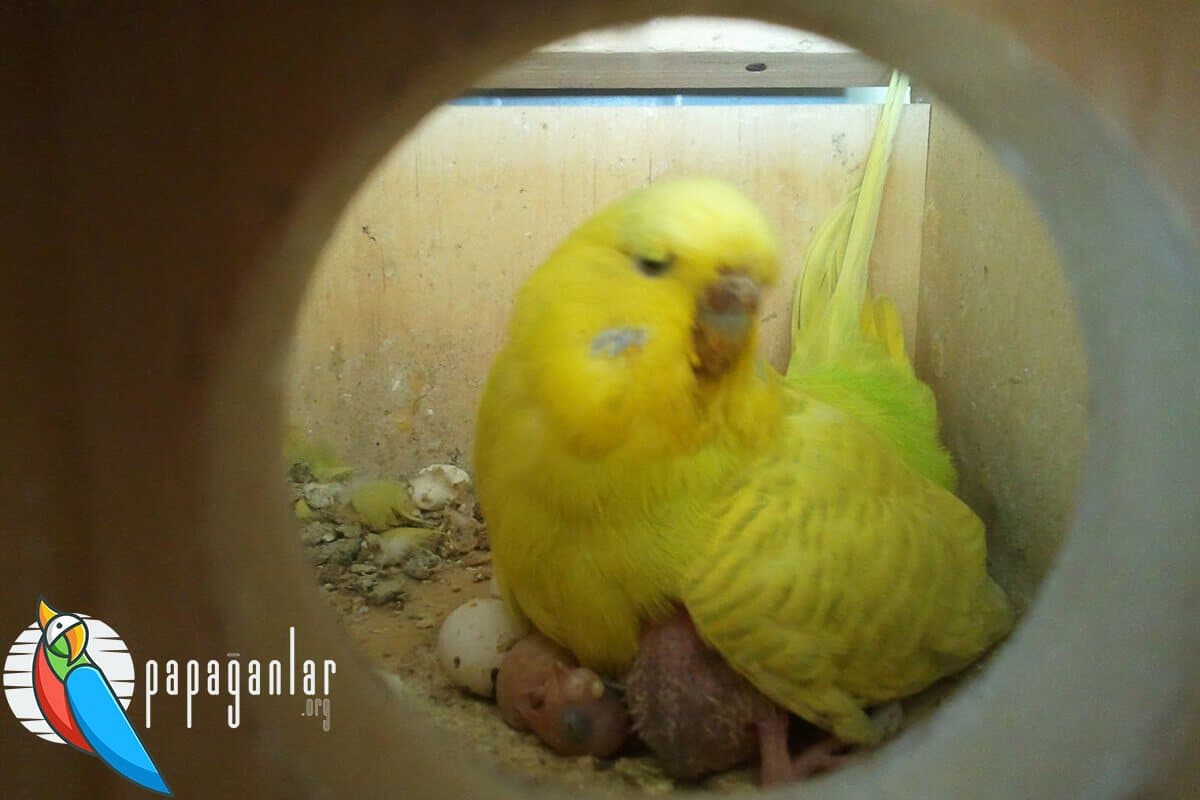
Budgie Nest
The size of the budgerigar nest cage should be large. Another important point is that the wires of the cages, which are the nest of the budgerigar, are horizontal. The characteristics of budgerigar cubs are that they are playful and tumbling. Therefore, they should be able to move freely. Vertical wire cages create difficulties for budgies to cling and climb comfortably. The necessary materials for the budgerigar cage are products such as a feed bowl, water bowl, and a few perches. At the same time, there should be materials and food that should be in the nest, such as vitamins, fish bones, honey crackers, bird swings, bells, cage tulle for the outside of the cage. A budgie cage should be at least 50 centimeters in length. At this length, there should also be a proportional height of 40 centimeters and a width of 30 centimeters.
Budgerigars need a nest to lay eggs after mating. The female budgerigar incubates after the egg period. Therefore, bird litter or domestic bird shavings should be placed in the nest so that the nest is warm for the budgerigar chick. Since budgerigars enter and leave their nests, there is a possibility of their eggs crashing into each other and breaking. Therefore, there must be litter material in the nest. Bird litter is necessary for budgies to digest their food. Domestic bird shavings are used in nests as litter material for nesting.
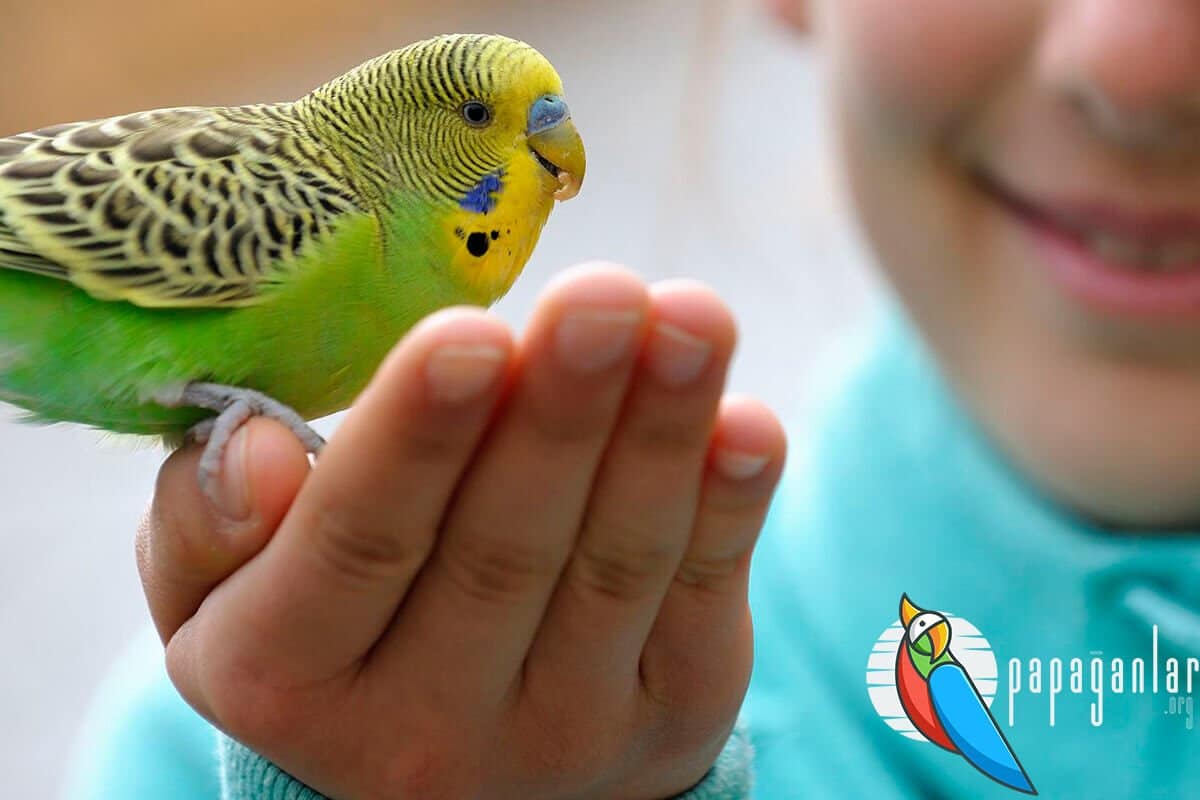
Baby Budgie Care
Baby budgies also need their mothers for all their needs for a certain period of time. There are some basic things that he will learn from his mother in 4-5 weeks from the moment he is born. Especially since it is during this period, they should not leave their cages during this period. Birds learn how to get used to the environment, learn about environmental conditions, and how to behave when they are young.
The learning period of basic life principles is 4-5 weeks. Especially the budgie puppies should be hand fed. Hand fed budgies get used to people easily. Birds whose cages are broken should be cared for especially in hygienic environments. Metal parts need to be cleaned well, the bottom of the cage should be kept clean, and the gold should be cleaned with daily newspapers or papers.
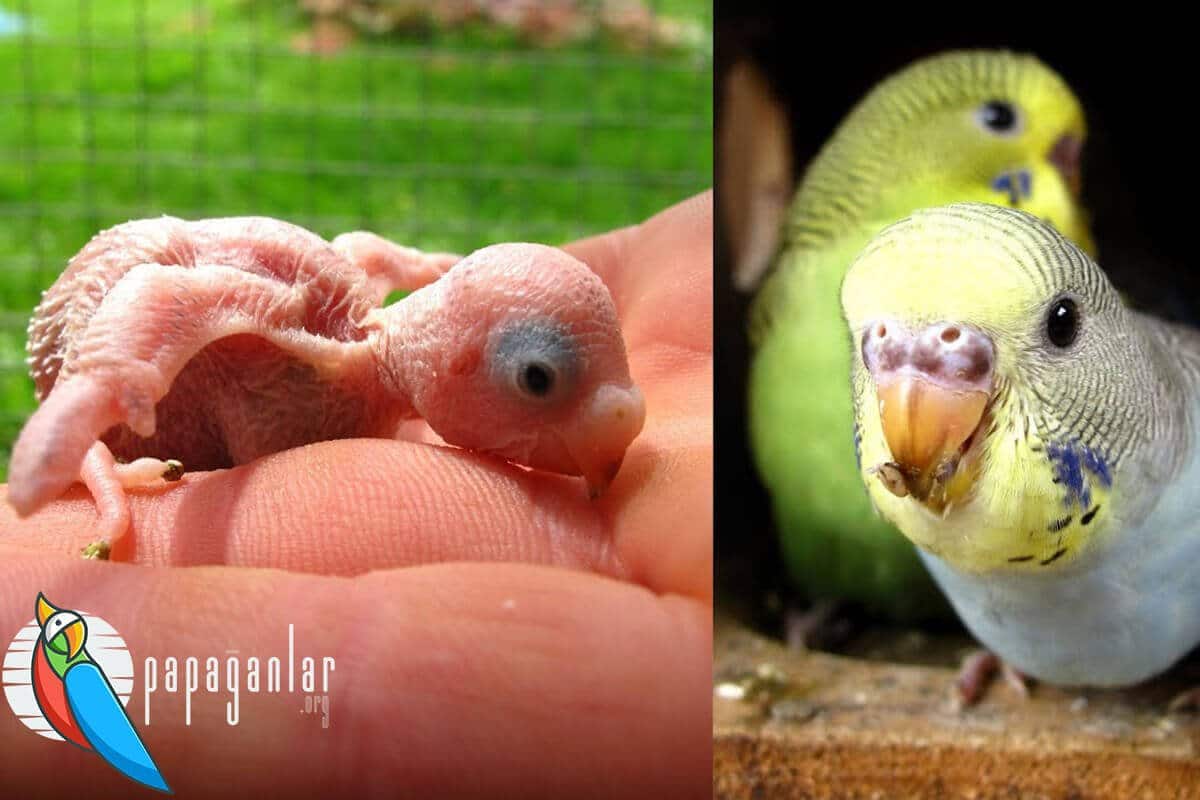
Feeding Cup Budgies
There are many issues to be considered in feeding baby budgies. First of all, it is done with a puppy feeding syringe. First of all, the baby bird is placed by hand with a feeding syringe. Then the puppy’s face should be facing you. Slowly insert the syringe into the puppy’s mouth. The most important point to note here is that the bird’s crop should be known on which side it is.
While the bird’s face is looking at us, the trachea is usually located on the right side of the crop, both on the left side. So be slow and careful. Then it is necessary to advance the syringe to a certain level for the budgie pup. Afterwards, when the crop part is touched with hands, the feeding syringe should be in such a way that the tip is in the hand. Then, the process of slowly pouring the food into the bird’s crop is done. Depending on the condition of the bird, feeding is done at levels such as 2 ml and 4 ml in the morning, noon and evening.
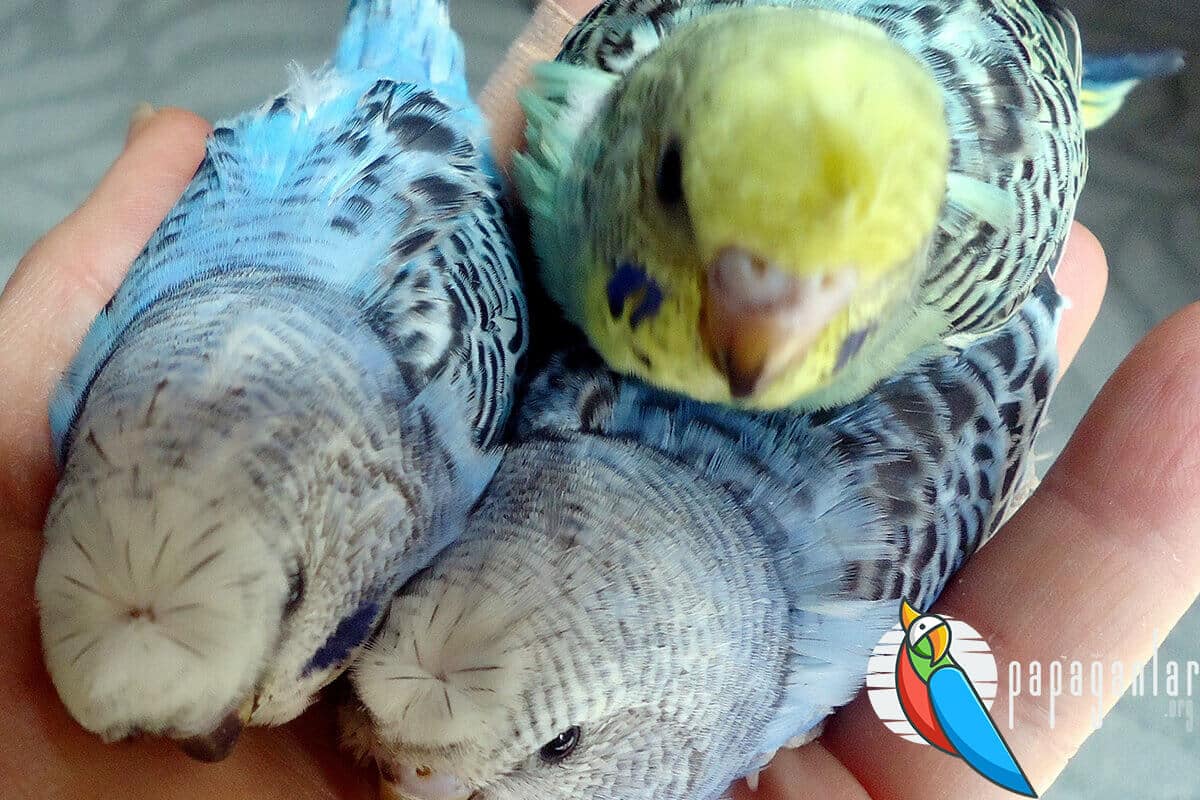
Blue Budgie Cub
The most distinctive feature of budgerigars is that they give their young for adoption. Small feet and lone mother budgerigars can give their young to other couples. The valid condition for this situation is that the other couple is also in the breeding period. After the budgerigar hatches, they are hairless, pink in color and with their eyes closed.
Yavru döneminde asla hareket etmezler. These birds are in a very rapid development process. The offspring are usually born blind, naked in skin and feathers. After the birds are born, they are kept warm by the mother as puppies. After a budgie puppy is about 7 days old, its eyes begin to open. After this process, hair growth develops.




